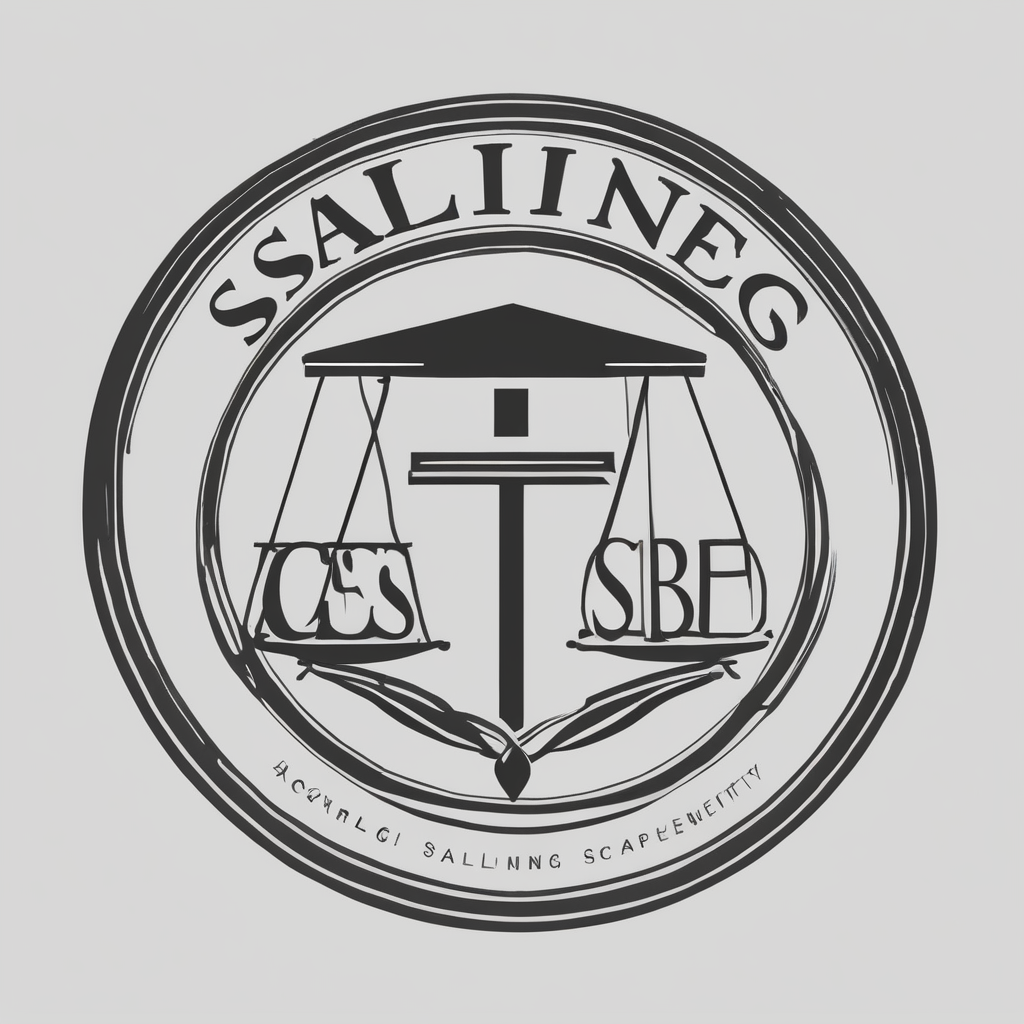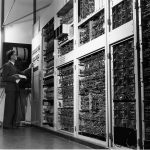Digital twins revolutionize property management in UK real estate, providing firms with a powerful tool for efficiency and insight. By creating virtual replicas of physical assets, firms can monitor performance, streamline operations, and enhance decision-making. This technology not only reduces costs but also improves tenant experiences. Explore how embracing digital twins can transform property management strategies and lead to a competitive edge in the dynamic UK market. Insights await as you delve into this innovative approach.
Understanding Digital Twins in Real Estate
Digital twins are virtual representations of physical assets, processes, or systems. In the context of UK real estate, they serve as a comprehensive digital counterpart of a building, reflecting its structure, systems, and usage. This innovative property management technology allows stakeholders to simulate and analyse various scenarios, leading to more informed decision-making.
Additional reading : Proven Strategies for UK Retailers to Minimize Product Return Rates
Historically, the concept of digital twins originated in the manufacturing sector, where they were used for product lifecycle management. Over time, the technology has evolved and found its way into real estate, transforming how properties are managed and maintained. This shift has been driven by advancements in data analytics and the increasing digitisation of the industry.
The importance of digital twins in modern property management practices cannot be overstated. They enable property managers to monitor building performance in real-time, optimise energy efficiency, and predict maintenance needs. This proactive approach not only reduces operational costs but also enhances tenant satisfaction by ensuring a more responsive and efficient management system.
In parallel : Leveraging Influencer Analytics: A Guide for UK Marketing Agencies to Enhance Campaign Performance
In the UK real estate market, the adoption of digital twins is accelerating, reflecting a broader trend towards smart and sustainable property management solutions. As this technology continues to advance, it holds the potential to revolutionise the industry further, offering unprecedented insights and control over real estate assets.
Benefits of Digital Twins for Property Management
Digital twins offer a multitude of benefits for property management, bringing a new level of operational efficiency and cost-effectiveness to the industry. By providing real-time data access, digital twins enable property managers to make swift, informed decisions. This capability allows for seamless monitoring of building systems, ensuring that any issues are addressed promptly, thereby enhancing overall operational efficiency.
One of the most significant benefits is the potential for substantial cost savings. Through predictive maintenance, digital twins can identify potential equipment failures before they occur, allowing for timely interventions. This proactive approach not only reduces the likelihood of costly emergency repairs but also extends the lifespan of building assets. Additionally, resource optimisation, facilitated by digital twins, ensures that energy and other resources are used efficiently, further contributing to cost savings.
Moreover, digital twins can significantly improve the tenant experience. By analysing real-time data, property managers can offer personalised services tailored to tenant needs, enhancing satisfaction and retention rates. For instance, adjustments to heating, lighting, and air quality can be made based on individual preferences, creating a more comfortable living or working environment. Overall, digital twins represent a transformative tool for achieving greater operational efficiency and tenant satisfaction in property management.
Case Studies of UK Real Estate Firms Utilizing Digital Twins
Exploring real-world UK case studies provides valuable insights into the practical applications and success stories of digital twins in the real estate sector.
Case Study 1: [Firm Name]
This firm’s implementation of digital twins focused on enhancing energy efficiency and predictive maintenance. By integrating digital twin technology, they achieved a significant reduction in energy consumption, leading to cost savings. The firm also reported improved equipment longevity through predictive maintenance strategies. Key lessons learned include the importance of data integration and the need for continuous training for staff to maximise the benefits of digital twins.
Case Study 2: [Firm Name]
Incorporating digital twins transformed this firm’s property management and tenant relations. The technology facilitated real-time monitoring, allowing for swift responses to tenant concerns. This proactive approach enhanced tenant satisfaction and retention. The firm plans to expand its digital twin applications to include more personalised tenant services, thereby further improving tenant experiences.
Case Study 3: [Firm Name]
This firm utilised digital twin technology to address specific challenges, such as system inefficiencies and high maintenance costs. The implementation resulted in streamlined operations and reduced downtime. Stakeholders provided positive feedback, highlighting the increased transparency and control over building systems. The firm continues to explore additional applications to further optimise their property management processes.
Challenges in Implementing Digital Twins
Implementing digital twins in UK real estate presents a unique set of challenges. Among the most significant are technology barriers that hinder widespread adoption. Many firms face difficulties in integrating digital twin technology with existing systems, often due to outdated infrastructure or lack of technical expertise. This can lead to increased costs and time delays, deterring firms from fully embracing this innovative solution.
Data privacy concerns also pose a considerable challenge. Digital twins rely on vast amounts of data to function effectively, raising questions about how this data is collected, stored, and used. Ensuring compliance with data protection regulations is crucial to maintaining trust with stakeholders. Firms must implement robust security measures to protect sensitive information from breaches and misuse.
To overcome these digital twin challenges, firms can adopt several strategies. Investing in employee training can bridge the skills gap, equipping teams with the knowledge needed to manage and utilise digital twin technology. Additionally, partnering with technology providers can help streamline integration processes, reducing the burden on internal resources. Addressing data privacy concerns through transparent practices and strong security protocols will further facilitate successful implementation, paving the way for enhanced property management solutions.
Future Trends in Digital Twins and Property Management
The future of digital twins in real estate is poised for significant transformation, driven by emerging technologies that complement and enhance their capabilities. As digital twins become more integrated with real estate technology trends, we can expect innovations that will redefine property management.
One of the most promising developments is the integration of artificial intelligence (AI) and machine learning with digital twins. These technologies can analyse vast datasets to offer predictive insights, optimising building performance and maintenance schedules. This synergy not only improves efficiency but also enhances decision-making processes.
Moreover, the evolution of the Internet of Things (IoT) is set to further revolutionise digital twin applications. IoT devices can provide real-time data on building conditions, feeding into digital twins for a more detailed and dynamic representation of properties. This integration supports more sustainable property management practices by enabling precise resource allocation and energy management.
Looking ahead, the potential impact of these innovations on sustainability and efficiency in property management is considerable. As digital twins continue to evolve, they will likely play a pivotal role in achieving sustainable building operations, reducing environmental footprints, and enhancing overall property value. Embracing these trends will be crucial for staying competitive in the ever-evolving real estate landscape.






